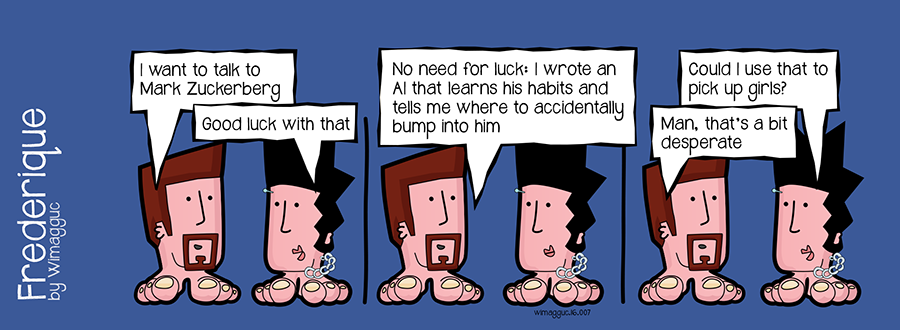When I created my first product, a website content management system, I was still in high school and had no clue what I stumbled upon. It was like WordPress, except that there was no WordPress at the time: it was 2001, and people just learned that you don’t need to double-click on the web for the links to open.
Everyone wanted to have a website and have a piece of this cool new thing, the Internet, and my CMS gave them exactly this. Companies could have a website, put out content on their own, upload photos and what not – pretty much everything you can do on any website now, but mind you: it was 15 years ago, and I was the only person offering this in a 100 kilometres radius.
It spread like wildfire. Everyone wanted my stuff.
I was just a clueless teenager programmer with no mentors around, but with a cool product people wanted. I had no idea what marketing or sales was, nor had I a need for that. Within the first year, half my hometown was using the software I wrote – even massive businesses and the network of public libraries. I was riding the biggest wave of my life, not knowing the first thing about waves at all.
Sales looked like: I went to meet a company, demoed the product and they’ve ordered it the next day. Companies gave each other my contact.
One day I went for one of these sales meetings, pitched the product, went home, and started to set up the project. Except that this time the phone didn’t wring.
The sale fell through.
That was an unusual and terrible feeling. As natural as it was for everyone else that, sometimes, people don’t buy the product you’re selling, that rejection was my first and I had no experience handling such.

The competition started to catch up and soon there were other companies, run by non-18-year-olds, that sold similar systems. Arguably crap products at twice our price point, but that didn’t matter: the world has changed, and I had to learn to do a bunch of new things.
Things like marketing, dealing with competition and copycats, and eventually: pivoting with the business. The lot.
As it turned out in the next 15 years, it’s really difficult to be that lucky with any product. It’s really difficult then, to get away with not being good in marketing.
Every company that became successful seems to have had someone on board who was good in sales. Max Levchin started Paypal with Peter Thiel, Steve Wozniak started Apple with Steve Jobs. Just as Apple Computers wouldn’t exist without Woz building their first computer, it wouldn’t exist without Jobs selling those machines.
There you go, a potentially million-dollar-idea from a clueless teenager: find someone who can sell stuff. Or find out how to be that person.




